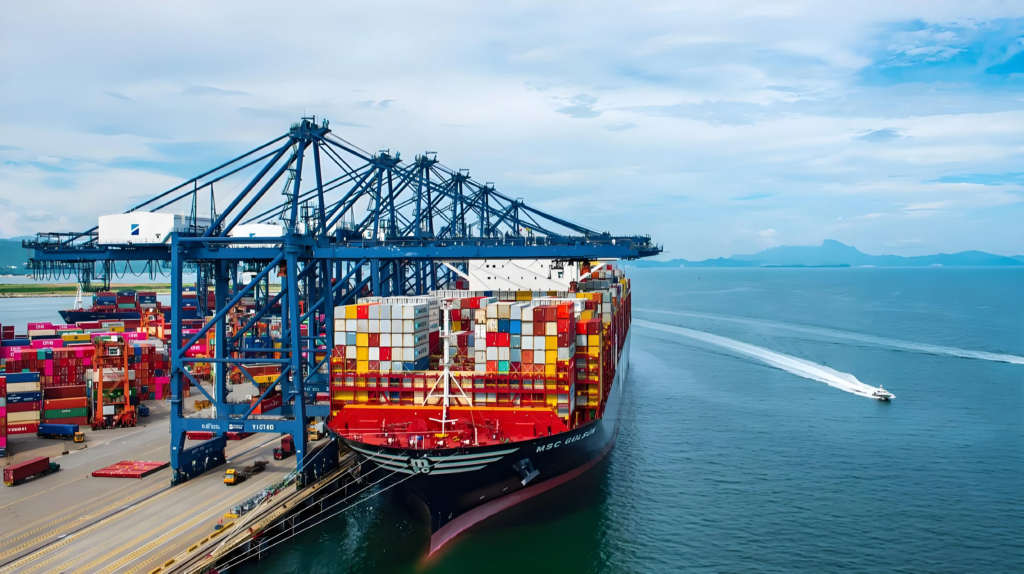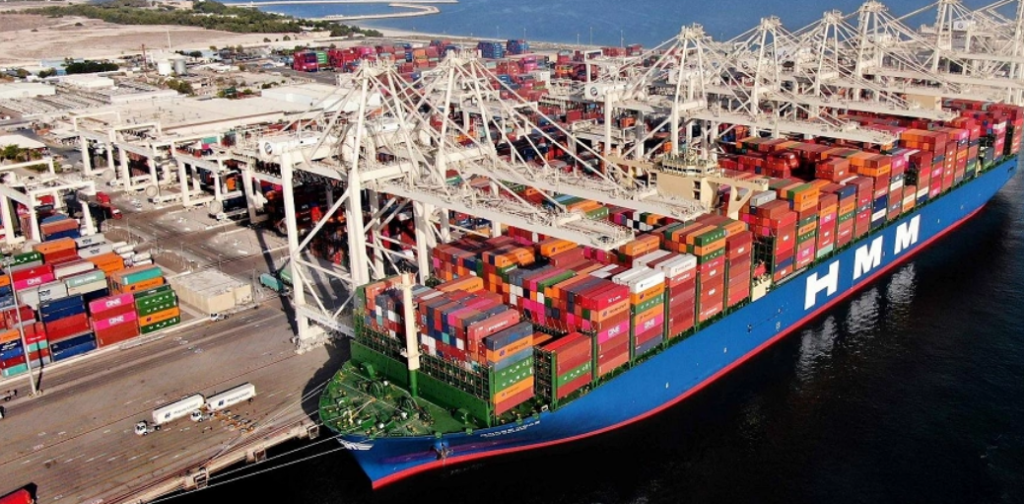As 2024 draws to a close, the international shipping market has experienced a complex and ever-changing year. From the drought crisis in the Panama Canal to the geopolitical tensions in the Red Sea region, to the slow recovery of the global economy, these factors are all affecting the trend of international shipping costs to varying degrees. The following is a detailed analysis of the international ocean freight trend by the end of 2024.
1.The trend of freight rate increase is obvious
In 2024, international shipping costs are showing a clear upward trend. This phenomenon is first attributed to the passage restrictions of the Panama Canal and the Suez Canal. The reduced navigation capacity of the Panama Canal due to drought has forced many ships to divert to the Suez Canal or choose longer routes, directly increasing transportation time and costs. Due to frequent attacks by Houthi militants in the Red Sea region, multiple shipping companies have chosen to detour around Cape of Good Hope, further increasing transportation costs.
2. Supply chain challenges
The continued instability of the supply chain is another important factor driving up shipping costs. The shortage of containers and the tight state of ship capacity will continue to exist in 2024, especially due to route adjustments and vessel detours caused by the Red Sea crisis, which greatly prolongs transportation time and reduces container turnover efficiency.
3. The influence of geopolitical and economic factors
Geopolitical risks have always been an important factor affecting the international shipping market. In 2024, the tense situation in the Red Sea region not only affects the safety of the Suez Canal, but also impacts the stability of the global supply chain. In addition, the potential strike risk on the East Coast of the United States has also increased market uncertainty. The changes in the global economic environment have also had an impact on ocean freight rates. Despite the slowing trend of inflation, consumer spending remains cautious, which will have a certain impact on global trade and shipping demand.
4.Capacity adjustment and contract strategy
Faced with the dual challenges of overcapacity and market demand fluctuations, shipping companies have adopted various strategies to cope. Some companies adjust their capacity by reducing and slowing down flights to maintain stable freight rates. In addition, the activity of the spot market has increased, and many shipping companies choose to shift more business to the spot market to avoid signing long-term contracts that incur losses.
5. Future Outlook and Prospect
At the end of 2024, the trend of international ocean freight rates remains uncertain. The drought problem in the Panama Canal may persist, and the geopolitical risks in the Red Sea region are also difficult to resolve in the short term. These factors will continue to exert pressure on the global supply chain, driving up transportation costs. However, with the slow recovery of the global economy and the gradual increase in consumer demand, the maritime market may also experience a certain seasonal rebound. Overall, international ocean freight rates are expected to remain stable or slightly increase by the end of 2024.















